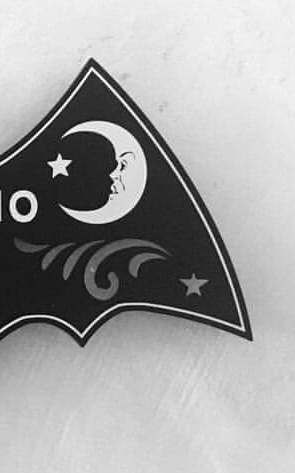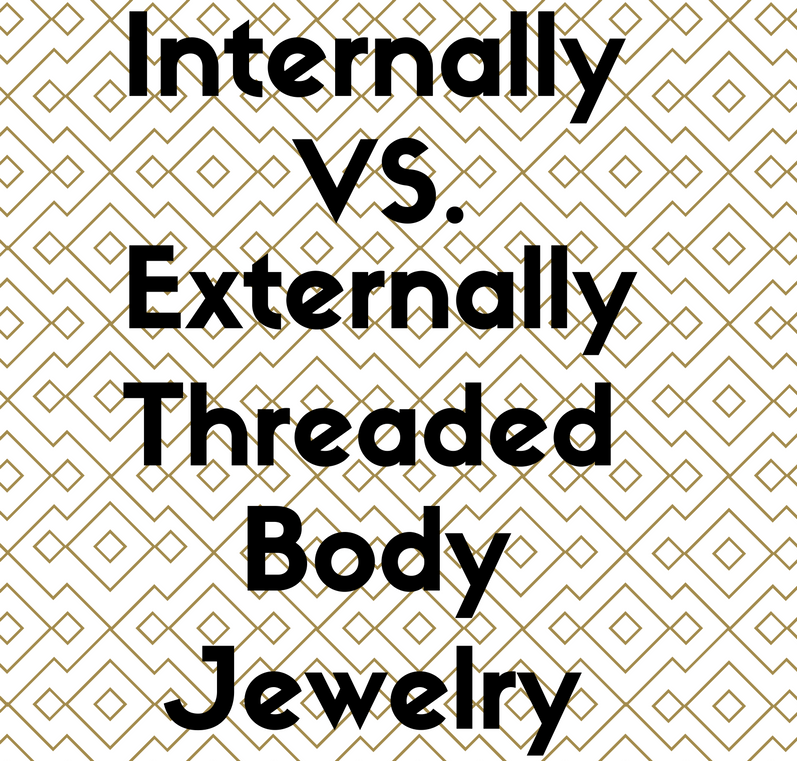Location: through the innermost fold of the cartilage of your ear beneath the rook and closest to the entrance to the ear canal
Jewelry: initially, a curved barbell, circular barbell, or circular ring from 18 gauge (1mm) to 14 gauge (1.6mm) is usually used in lengths and diameters typically ranging from 5/16" (8mm) to 3/8" (10mm); jewelry types used can also include BCRs, horseshoe circular barbells, and septum clickers
Healing: total healing time is anywhere from 3-9 months; can take longer
Aftercare: about twice a day, wash with warm water and antibacterial soap; sea salt solutions and sprays can aid with the process and both are recommended for use in an aftercare routine; a soaked cotton ball can help to reach this awkward area for cleaning
The daith piercing has recently risen in popularity in the modified world because of its claim to fame: getting your daith pierced is said to help alleviate the symptoms of migraine headaches. Check out one of our previously published blog posts to learn more about this myth by clicking here.
Fun Fact: while many people may argue with you over this, the correct pronunciation of "daith" actually rhymes with moth - think of it as a "dawth" piercing
Especially with this area of the ear, the structure and thickness of the cartilage can vary, so some anatomy may not allow for the possibility of a daith piercing at all. The best way to be sure of whether or not you and your ear can get this piercing is to visit your local piercing professional and see what their expertise has to say.
Thinking about getting your daith pierced? Watch as Jen gets her's performed at American Skin Art by professional piercer, James, right here in our hometown of Buffalo, NY.
General Aftercare Tips for Ear Piercings:
- Avoid smoking, using public telephones, and sleeping directly on your new piercing.
- ALWAYS make sure you wash your hands before touching your piercing/its jewelry.
- Resist the urge to change your initial jewelry prematurely - it's worth the wait to do it correctly.
Oh, and make sure you clean your ear canal well while your daith piercing is healing! All you have to do is gently clean out your ear with a q-tip to ensure that wax buildup doesn't complicate your healing process.
Additionally, piercings in the cartilage of the ear, which lacks an adequate blood supply, makes it more difficult to heal than locations that receive better circulation such as the lobe. However, this location is known to possibly have some bleeding associated with the initial piercing process, so don't get too freaked out if you bleed a bit when you get your daith pierced!
Want to check out some awesome options for decorating your daith piercing whether you've had it for years or just want to stock up on style for when it heals?



We've got you covered at BodyCandy.com with a TON of daith piercing jewelry to choose from.
Welcome to the Body Piercing Encyclopedia!
This post is included in the Ear Piercing category of our encyclopedia and is joined by many other blog posts about the other piercings available as options in the ear and surrounding areas.
- Standard Ear Lobe Piercing
- Upper Ear Lobe Piercing
- Standard Helix Cartilage Piercing
- Forward Helix Cartilage Piercing
- Rook Cartilage Piercing
- Conch (Inner) Cartilage Piercing
- Flat (Scapha/Outer Conch) Cartilage Piercing
- Daith Cartilage Piercing
- Snug (Anti-Helix) Cartilage Piercing
- Industrial Barbell Cartilage Piercing
- Tragus Cartilage Piercing
- Anti-Tragus Cartilage Piercing
- Surface Tragus Piercing
DISCLAIMER: the styles and locations displayed in the reference image to the left won't match perfectly with your ear's shape because each and every person has an anatomy that is uniquely individual and some of the piercings featured in our encyclopedia may not be possible for you to get. To find out what piercings are available for you and your specific anatomy, the best option is to visit your local professional piercer and ask for their expertise in determining what piercings are possible for you and your ear!
Shop This Post
16 Gauge 5/16" Pink Spike Horseshoe
16 Gauge 5/16" Neon Blue Anodized Titanium BCR Captive Ring 2.5mm Ball







